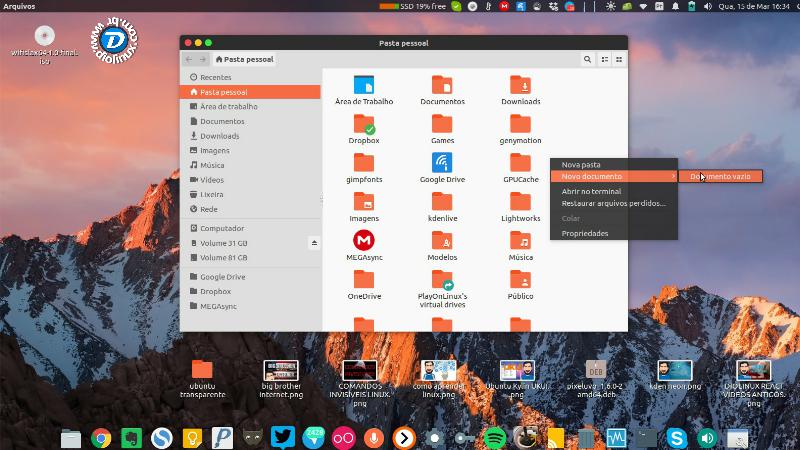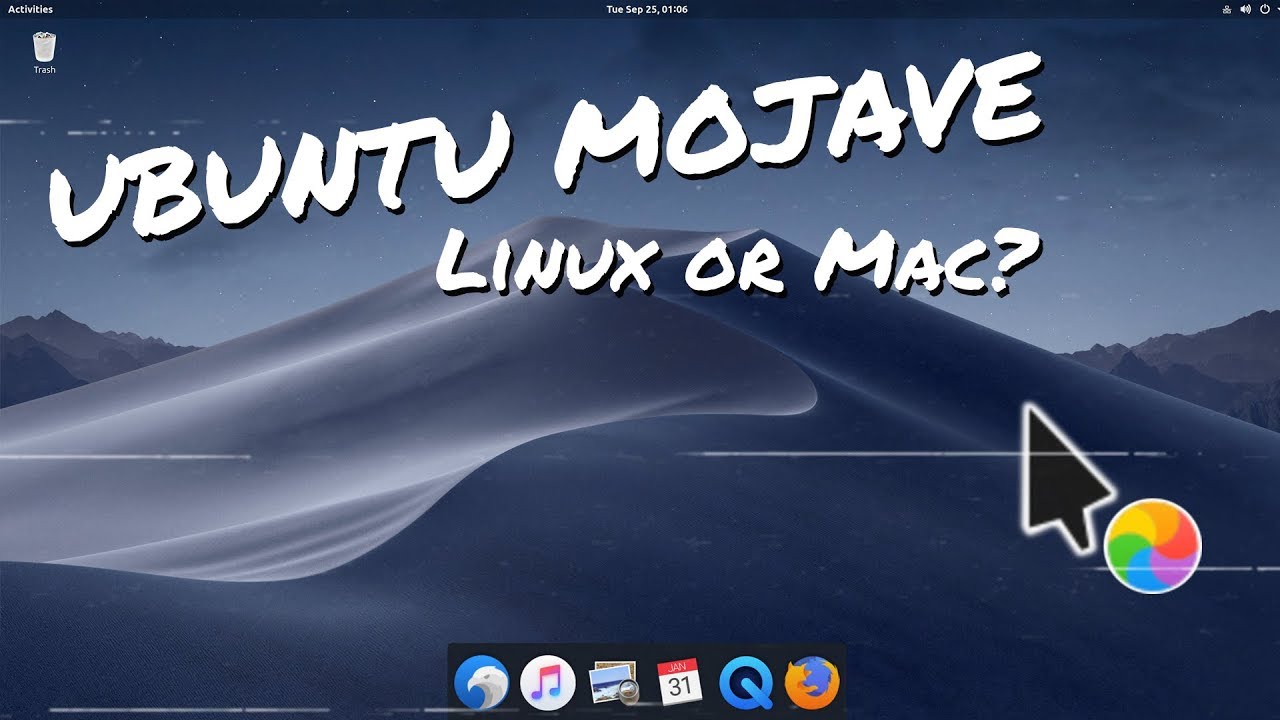


Let’s click on the icon, then on “Open Shell”.Ĭlicking this button does many things in the background: it creates a new virtual machine (instance), named primary, with 1GB of RAM, 5GB of disk, and 1 CPU installs the most recent Ubuntu LTS release on that instance mounts our $HOME directory in the instance and opens a shell to the instance, announced by the command prompt You can see elements of this in the printout below. Once we’ve launched the application, we should see the Multipass tray icon in the upper right section of the screen: In macOS, open the application launcher, type Multipass, and launch the application. This tutorial gives instructions for using Multipass on macOS.įrom the application launcher, let’s start Multipass. To install it on your OS of choice, please follow the instructions given here. Multipass is available for Linux, macOs, or Windows. Launch from a Blueprint to run Docker containers.You will also learn how to apply Multipass in two common use cases.

This tutorial will teach you how to create, customise and manage instances using Multipass. Used to a fuller extent, Multipass is a local mini-cloud on your laptop, allowing the testing and development of multi-instance or container-based cloud applications. In its simplest form, it can be used to quickly create and destroy Ubuntu VMs (instances) on any host machine. Multipass is a flexible, powerful tool that can be used for many purposes. Configure where Multipass stores external data.Use a different terminal from the system icon.Authenticate clients with the Multipass service.


 0 kommentar(er)
0 kommentar(er)
